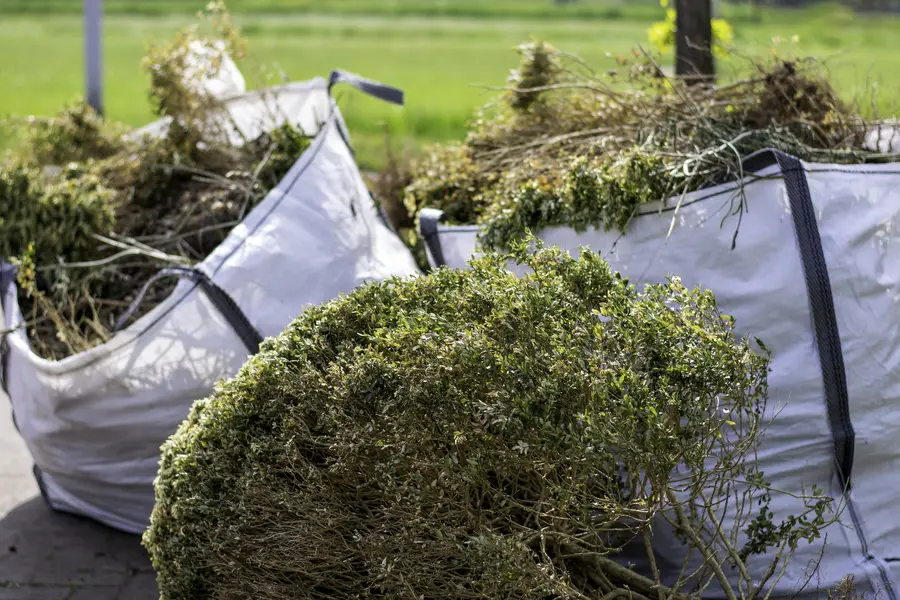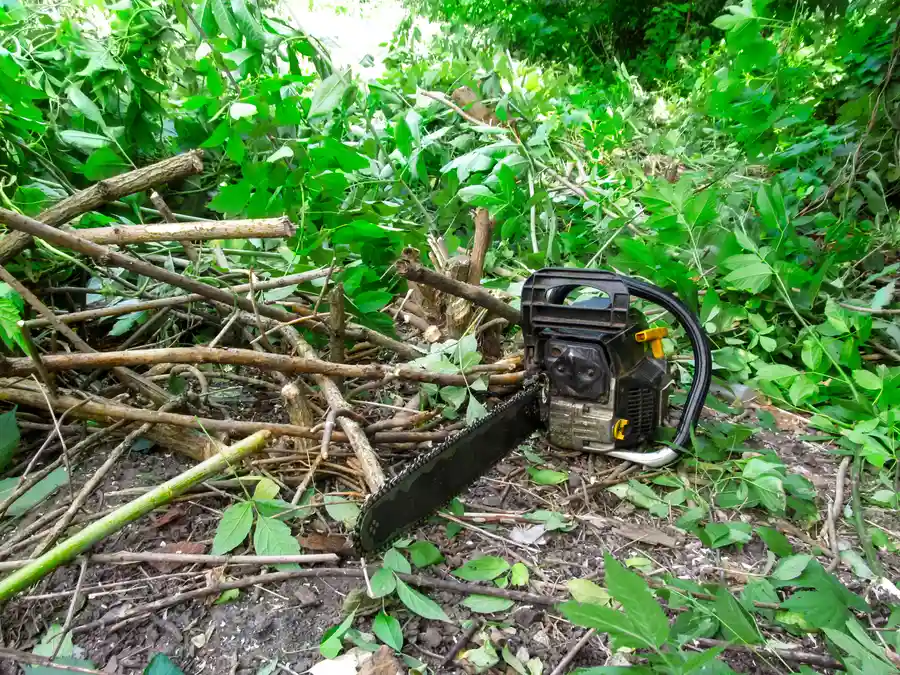How to Clear Your Property Efficiently and Effectively
Starting a new project on your land requires careful planning. One essential step is ensuring your property is clear and ready for construction or landscaping. Clearing the land not only improves aesthetics but also prevents potential hazards. The process involves removing unwanted vegetation, such as shrubs and small trees, which might otherwise impede progress. By understanding how to effectively prepare your land, you can ensure a smooth transition from raw terrain to finished project.

The Importance of Clearing Your Land
Clearing land is crucial for several reasons. Firstly, it helps prevent fires by reducing fuel sources in dry areas. Secondly, it makes the ground more accessible for construction equipment. Thirdly, it enhances safety by eliminating obstacles that could pose risks during building or landscaping activities. Removing dense vegetation allows you to better assess the soil and topography, aiding in precise planning and execution of your project.
Using Brush Removal Techniques
Brush removal is an effective method to clear overgrown areas quickly. It involves cutting down underbrush and small trees that clutter the landscape. Whether you are preparing for a garden or a larger construction project, using these techniques ensures that the area is free from obstructive growths. This approach not only clears the surface but also manages roots and stumps that may interfere with future work.

Tools for Effective Underbrush Clearing
A variety of tools can aid in efficient brush removal. Some basic tools include chainsaws, axes, and hand saws for smaller jobs. For larger tasks, machinery like brush mowers and backhoes come into play. These tools help in cutting through dense thickets with ease. Selecting the right tool depends on the size of the area and the density of vegetation, ensuring efficiency and safety throughout the clearing process.
Challenges Faced During Land Preparation
Despite its benefits, preparing land comes with challenges. Heavy machinery use can lead to soil compaction, affecting future plant growth. Additionally, improper disposal of cleared vegetation can result in environmental issues. There’s also the risk of disturbing local wildlife habitats. Addressing these issues requires careful planning and adherence to environmental guidelines to minimize negative impacts.
Environmental Considerations for Land Clearing
When preparing land, it’s important to consider environmental regulations. Ensure compliance with local laws regarding habitat protection and waste disposal. Proper management of debris prevents pollution and preserves natural resources. Using eco-friendly methods like mulching cleared vegetation can enrich soil quality while reducing waste. Balancing development with conservation protects ecosystems and maintains biodiversity.
Cost Implications of Land Preparation
Clearing land incurs costs based on several factors, including terrain complexity and vegetation density. Labor, equipment rental, and waste disposal add to expenses. However, investing in professional services often yields better results and long-term savings. Professional teams bring expertise and high-quality tools that enhance efficiency and reduce risks associated with untrained handling.
- Select appropriate tools for different vegetation types
- Follow environmental guidelines to protect local flora and fauna
- Consider hiring professionals for complicated projects
- Plan for debris removal or recycling to minimize waste
Maximizing Project Success With Land Preparation
Successful land preparation sets the foundation for any project. By considering all aspects-from choosing the right tools to adhering to legal requirements-you lay the groundwork for success. Contact us at (408) 209-6895 to learn how we can support your goals. Based in San Jose, CA, our team at Agri-Con Tree Care Professionals specializes in creating environments primed for development.
